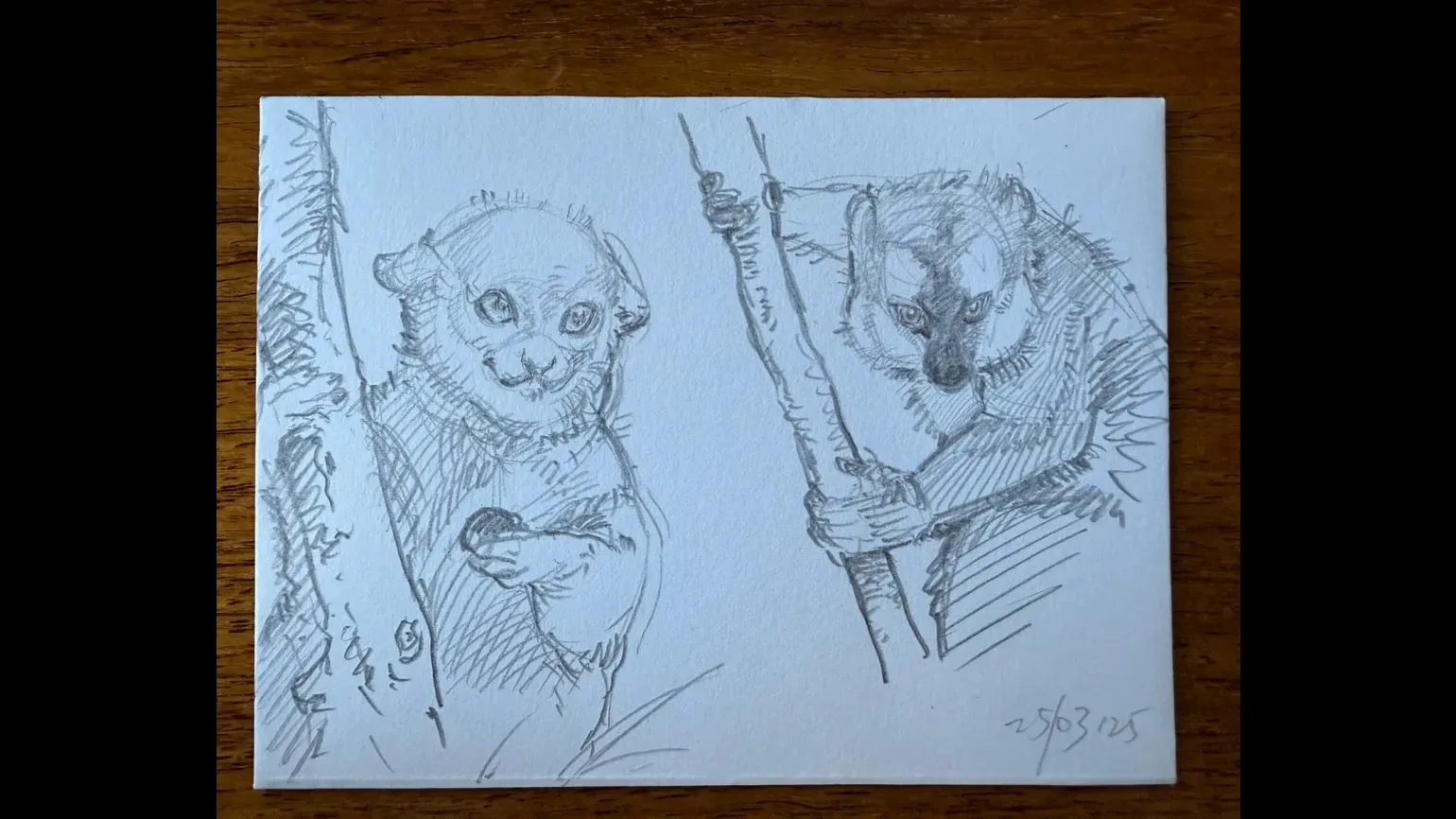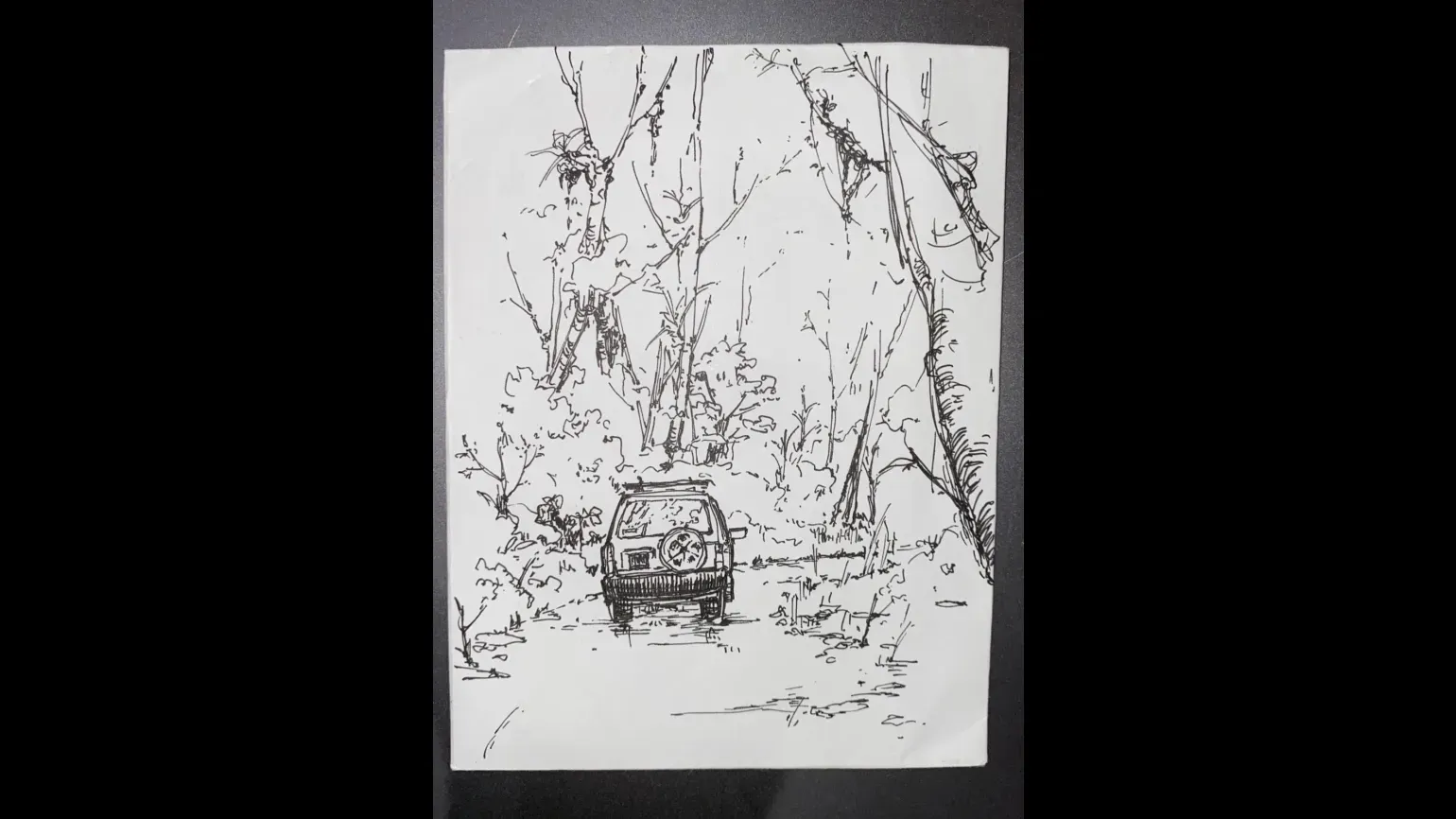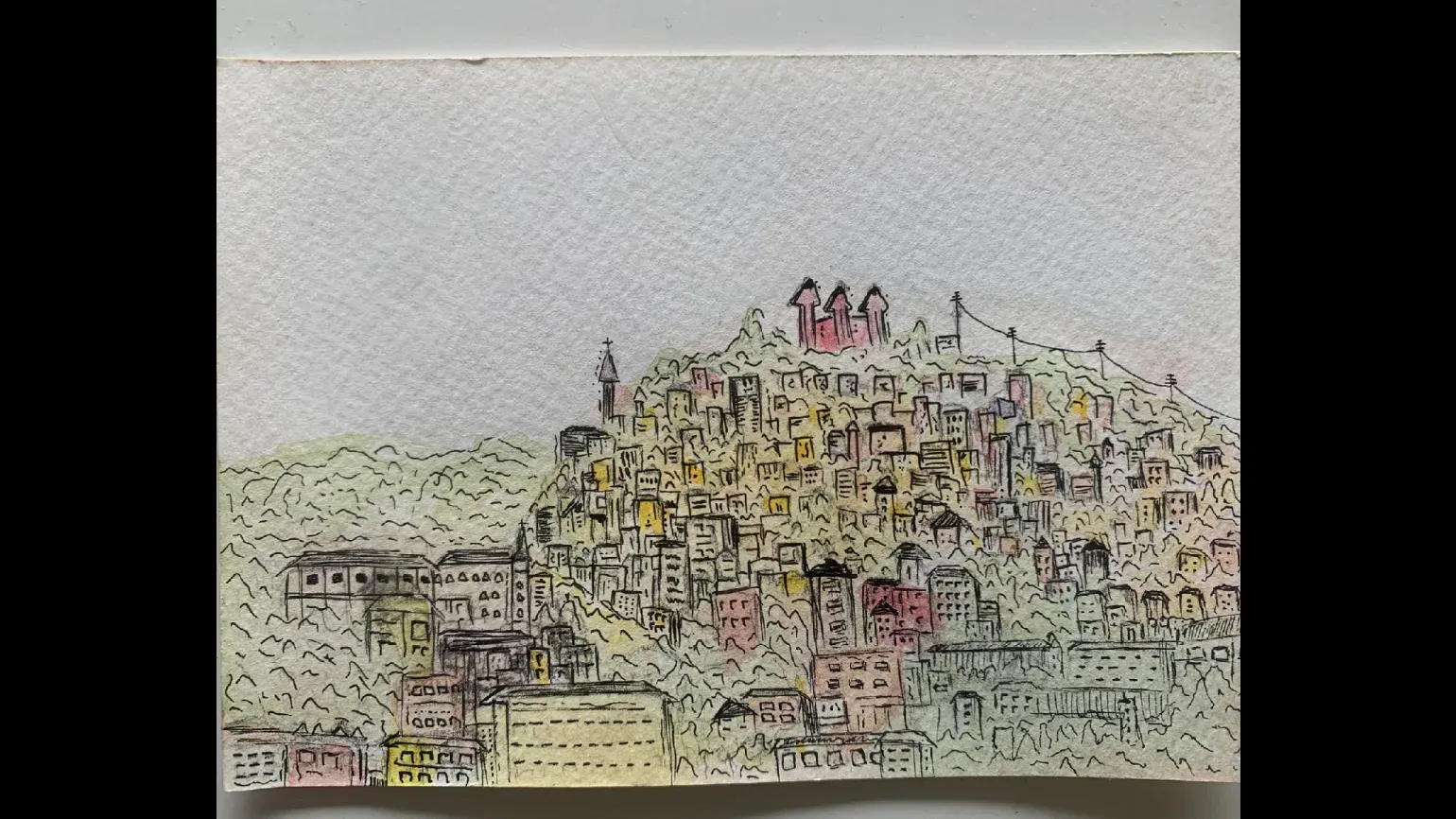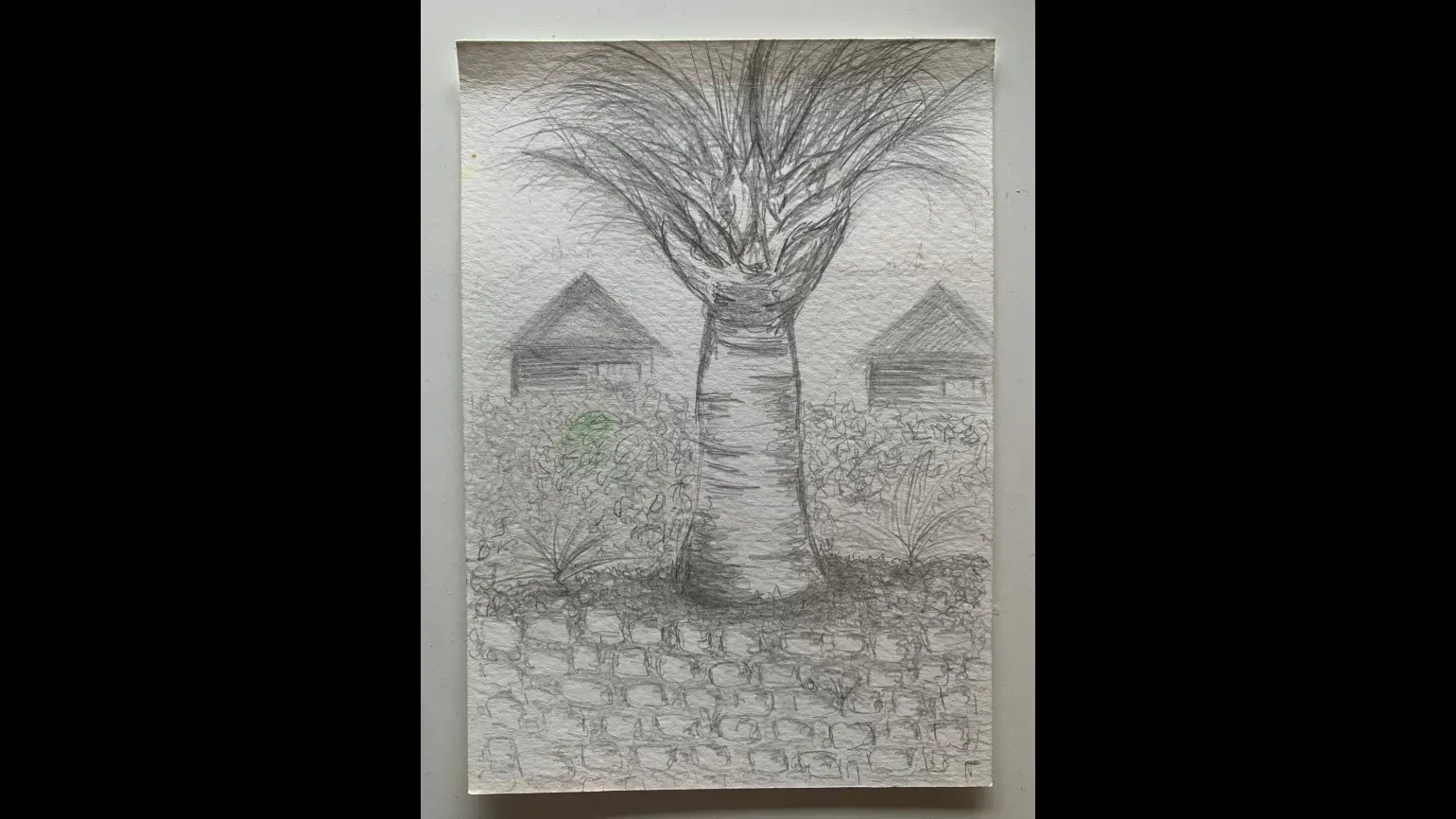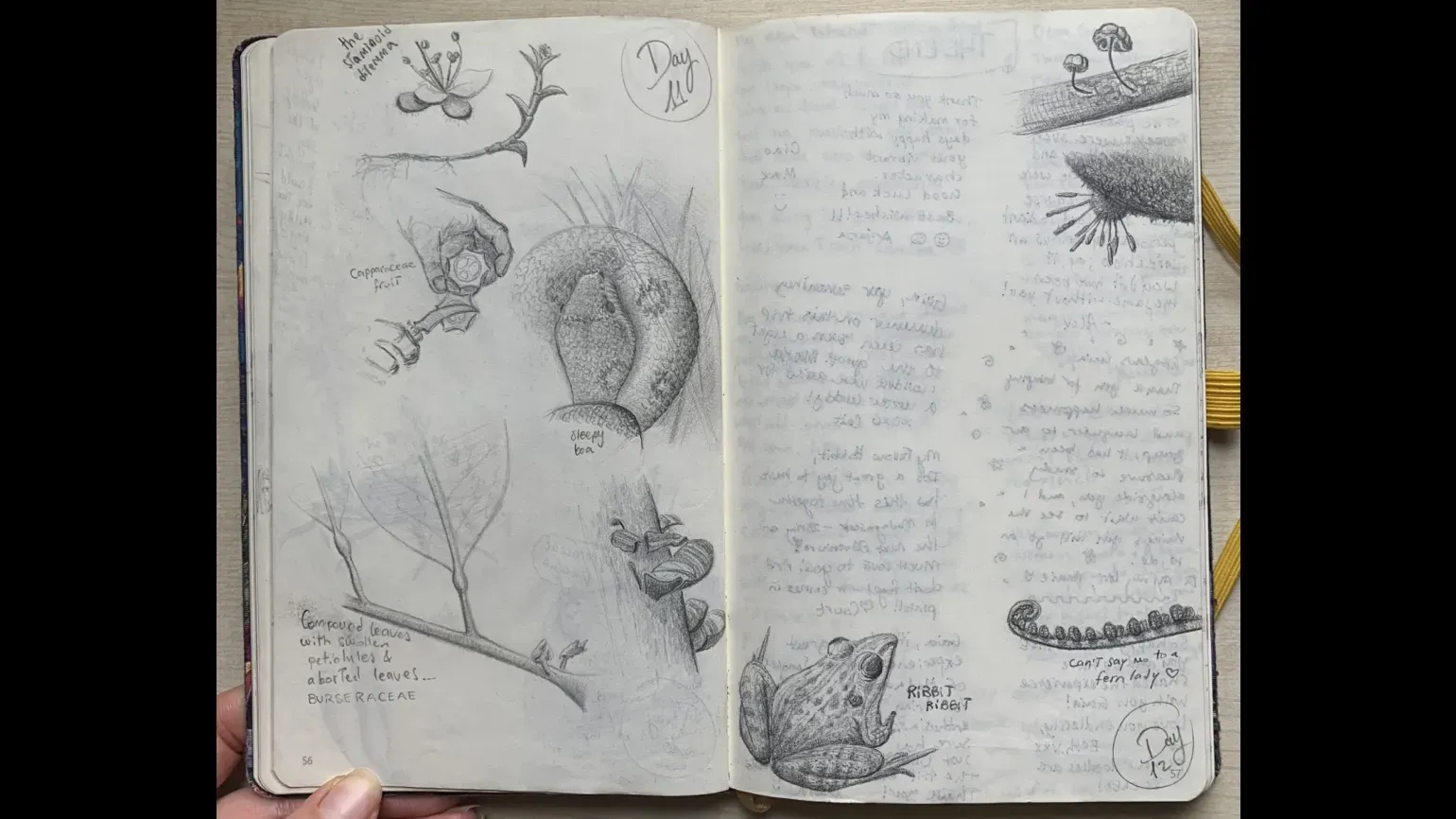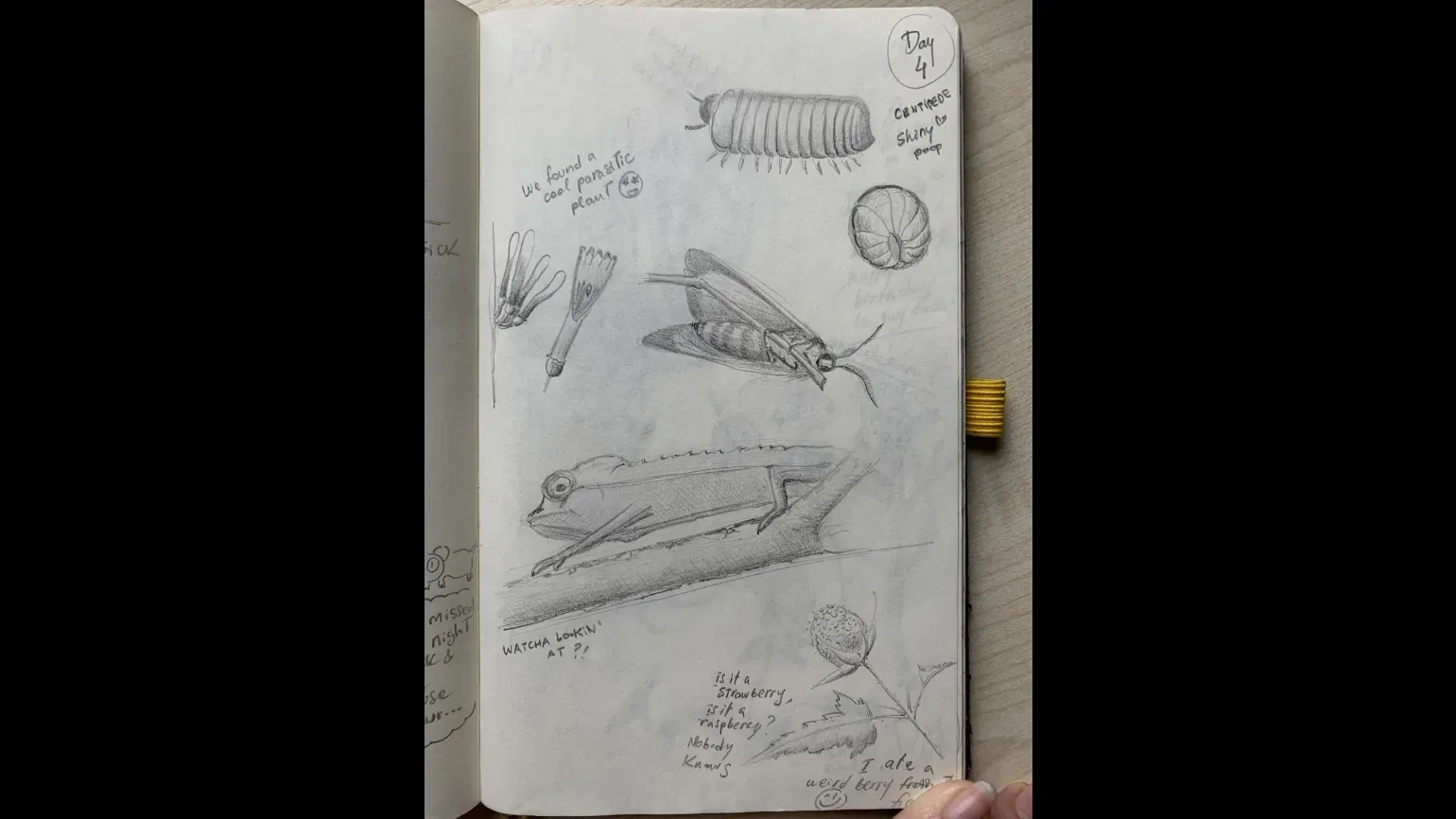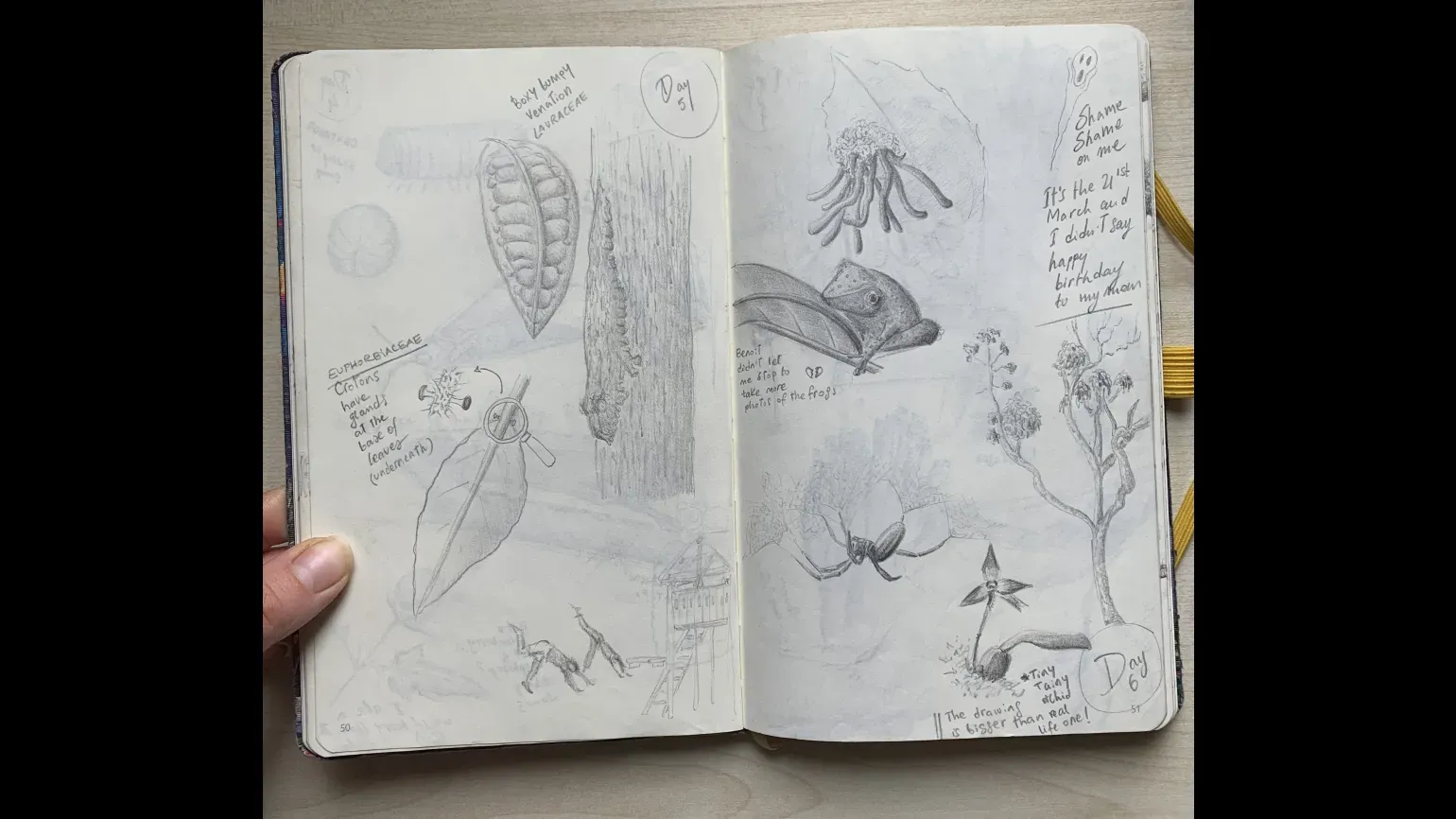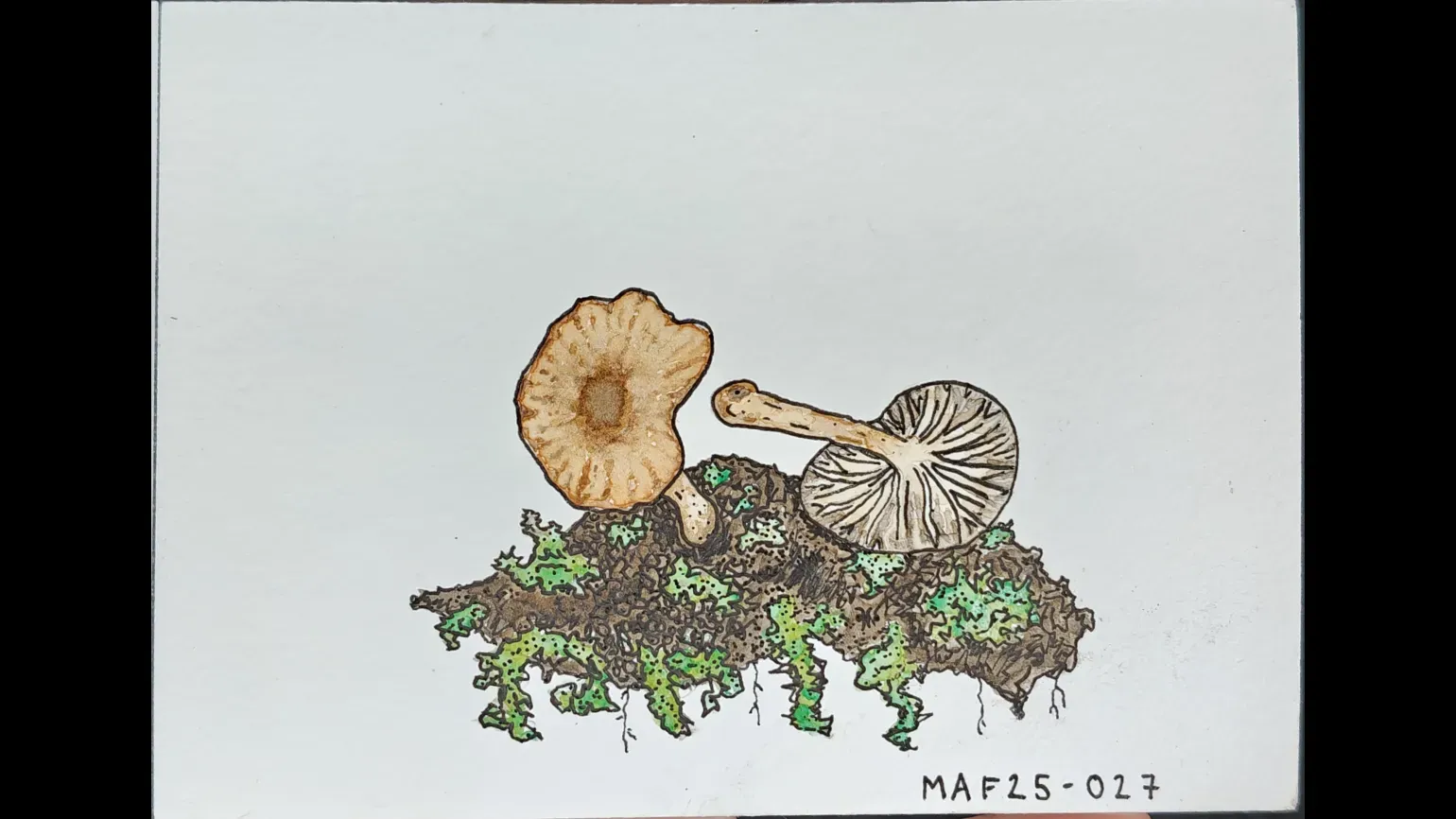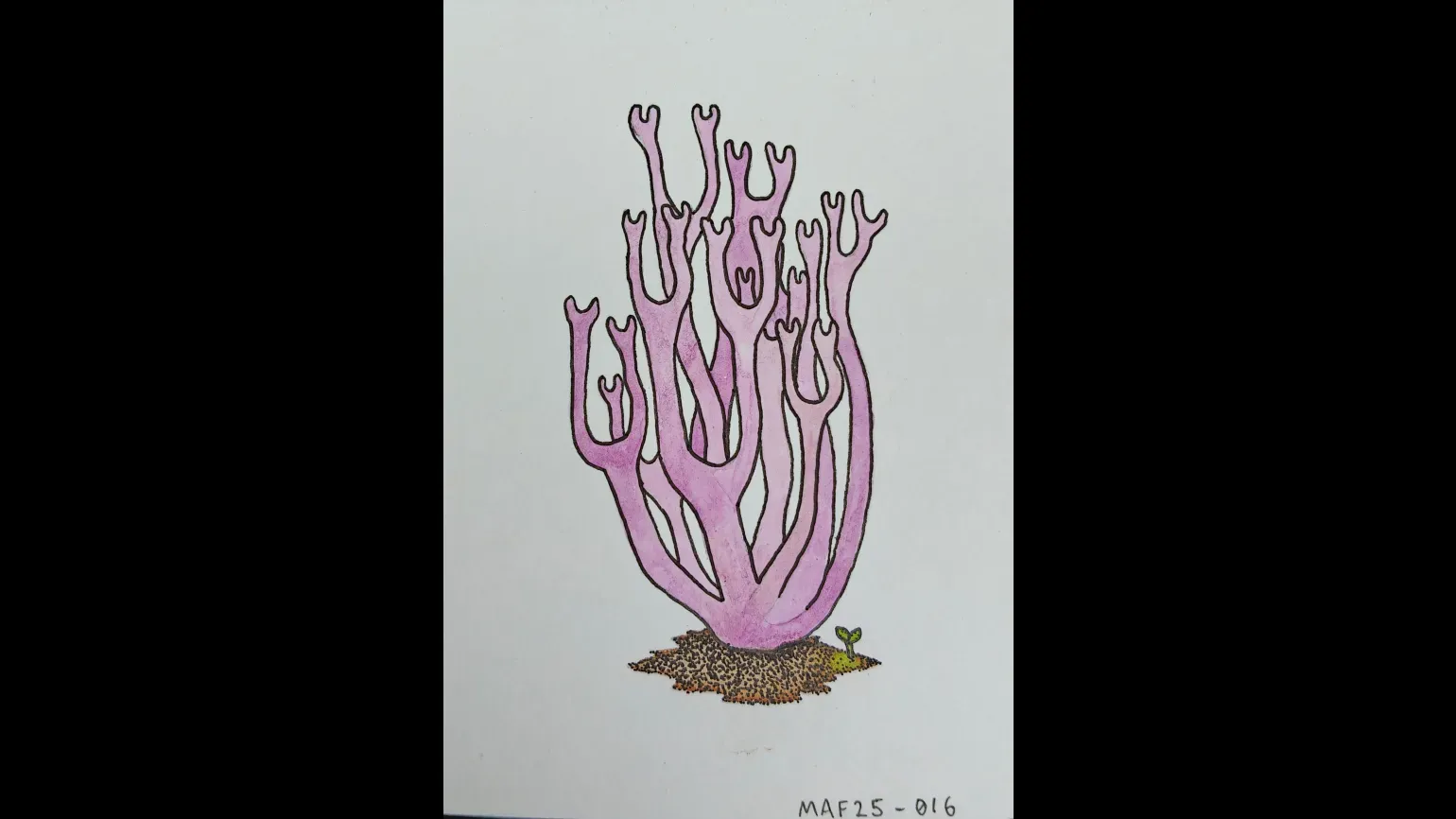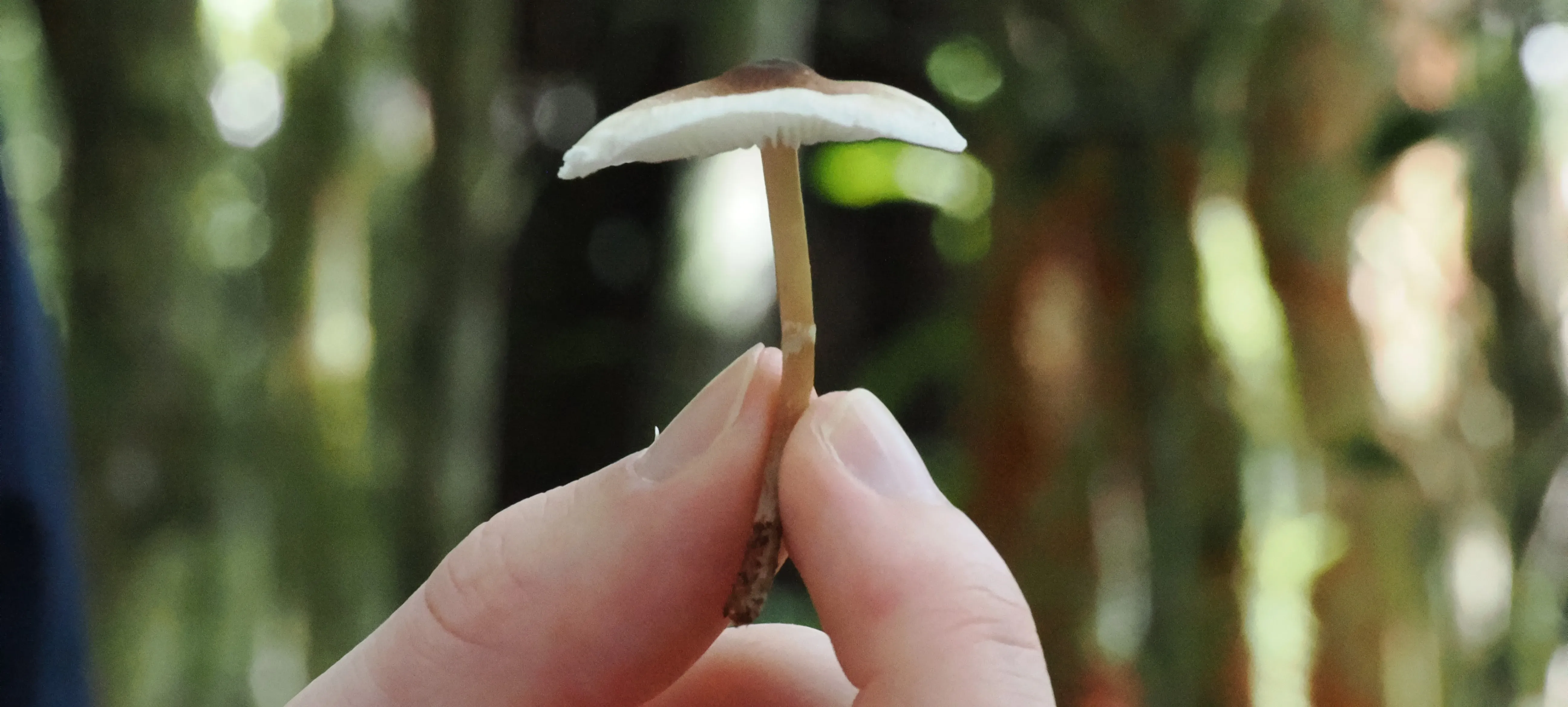9 July 2025
6 min read
Journey into the forests of Madagascar: a day in the life of a Kew MSc student
Follow a group of RBG Kew Master’s students as they complete their field study skills module in the nature reserves of Madagascar

We’re a small group of 22. We’re all different ages and have different ideas. We’ve had different careers and educations. We come from different countries and backgrounds, and we all have our own oddities. Yet, there is one thing that unites us all – our passion for plants and fungi.
‘Right before opening the door, I took a deep breath and thought – I'm about to meet the people that I’m gonna spend the next year with and might change my life.’
James Tucker, Induction day, September 2024.
Together we embarked on a Master’s programme with RBG Kew and Queen Mary University of London – the Plant & Fungal Taxonomy, Diversity & Conservation MSc. After spending the year with world-leading experts learning about plants, fungi, biodiversity surveys and much more, we came to the field study skills module. This was the opportunity to put everything we had learned into practice. And we would be doing so in one of the world’s most important biodiversity hotspots: Madagascar.

A Day in the Life of an MSc Student in Madagascar
When the day of going to the airport finally came, we were all excited, and maybe a bit nervous. Some of us had never travelled this far before. We’d been waiting for months for this field work, but we weren’t sure what to expect.
The first couple of days were spent travelling and adjusting to the weather of a different hemisphere. We soon realised that we would be early birds for the next two weeks, whether we liked it or not…
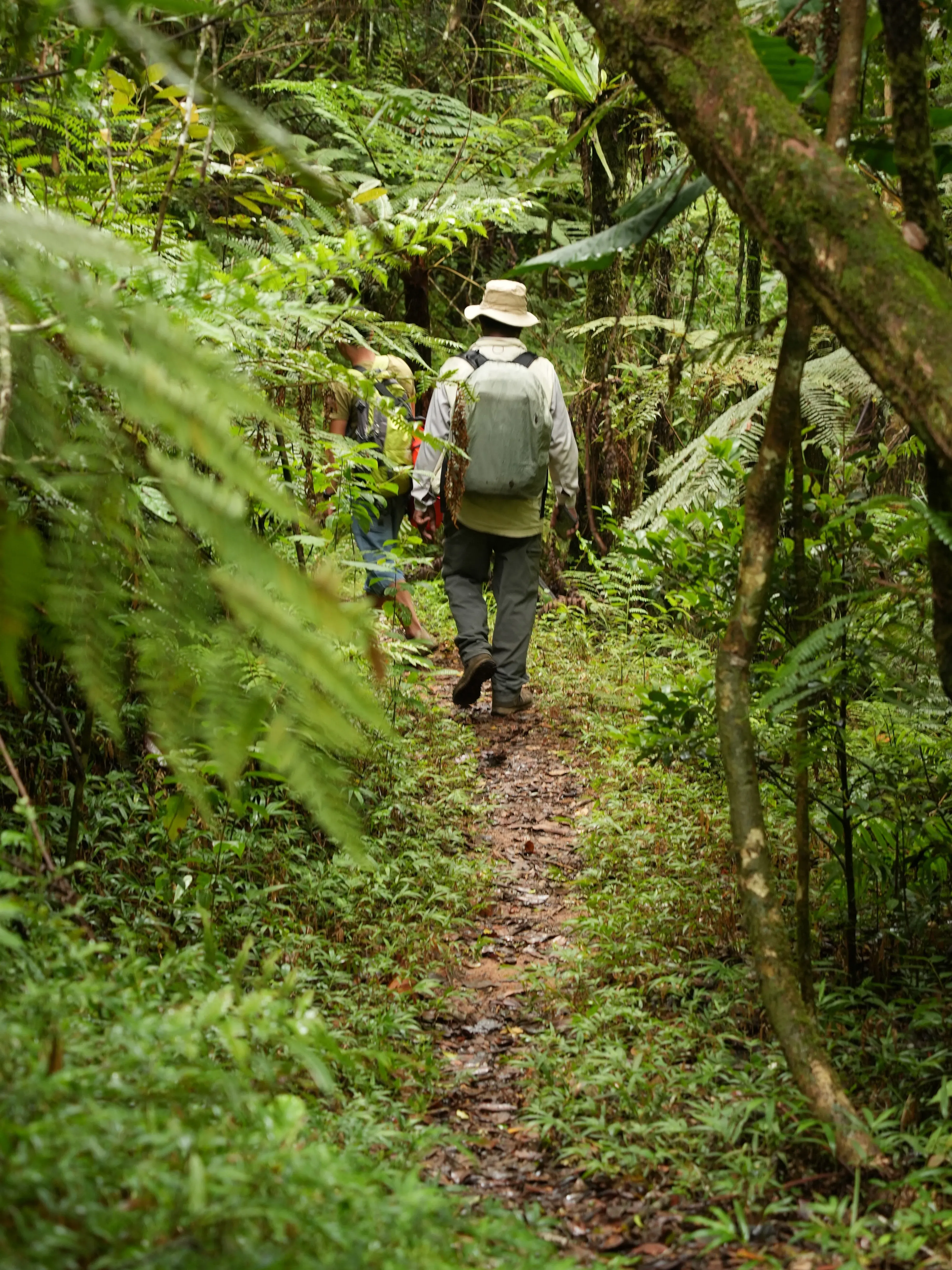

6.30am: Sunrise
Every morning, our first task was to check if the plants and fungi we’d collected the previous day were drying well (more on this later!). Once dried, they would be stored in Kew Madagascar’s herbarium or fungarium collections, which are used to support important research.
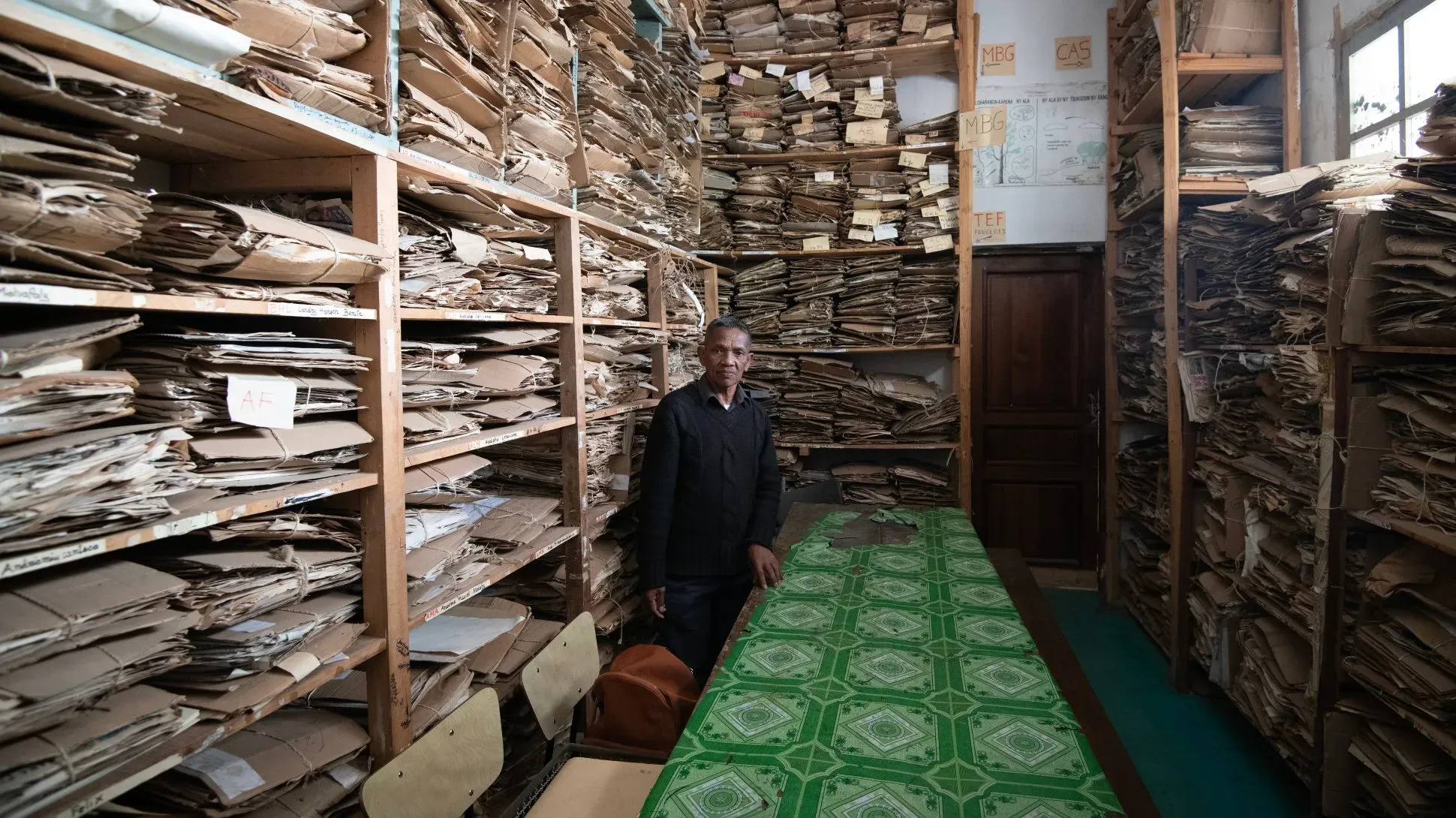
The prompt start was also an opportunity to enjoy the early hours and morning sounds of the forest. Often, brown lemurs could be spotted walking along the telephone wires near our cabins. Watching the morning light spread on the trees and smelling the humid air offered a sense of calm, an oasis before the busy day ahead.
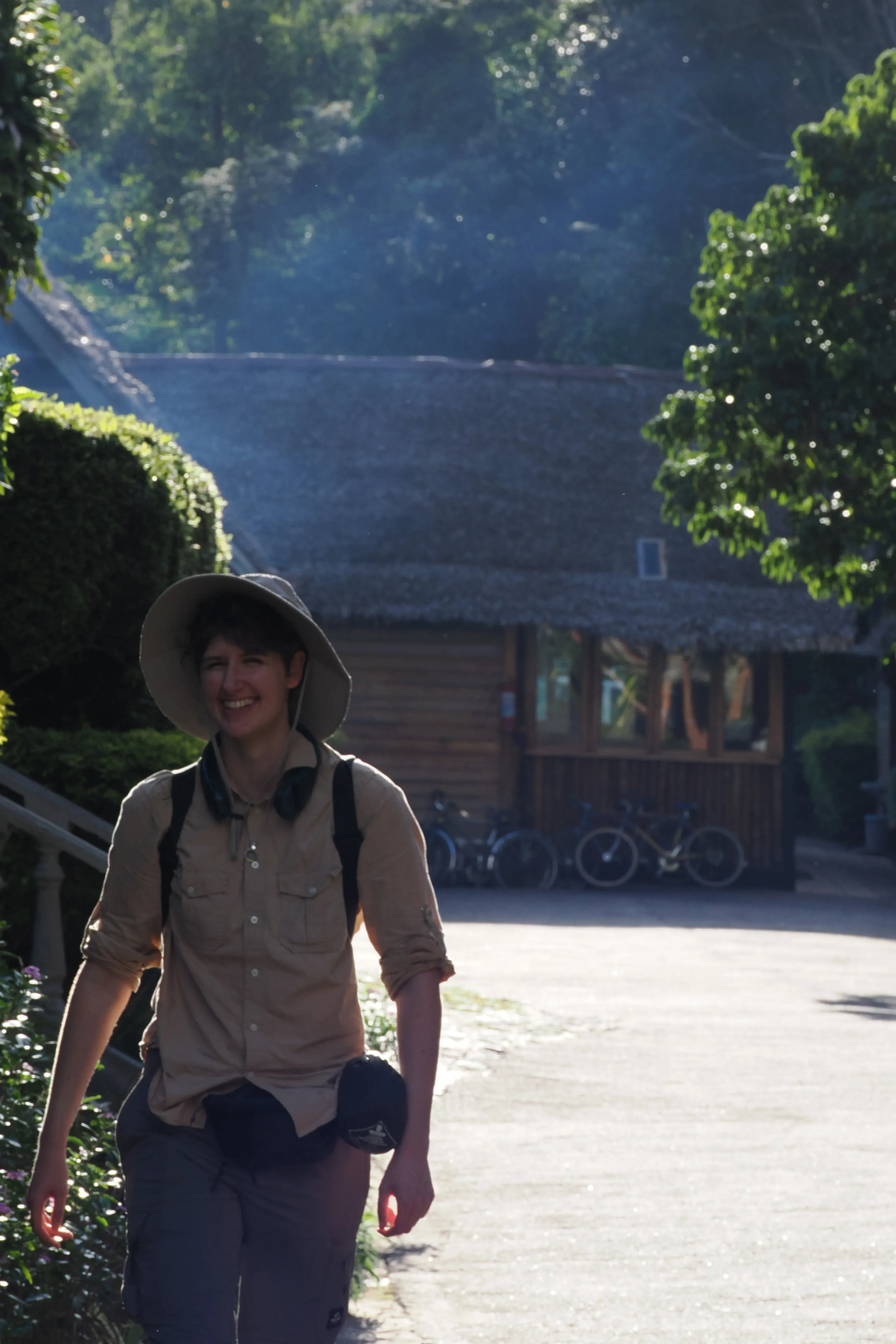
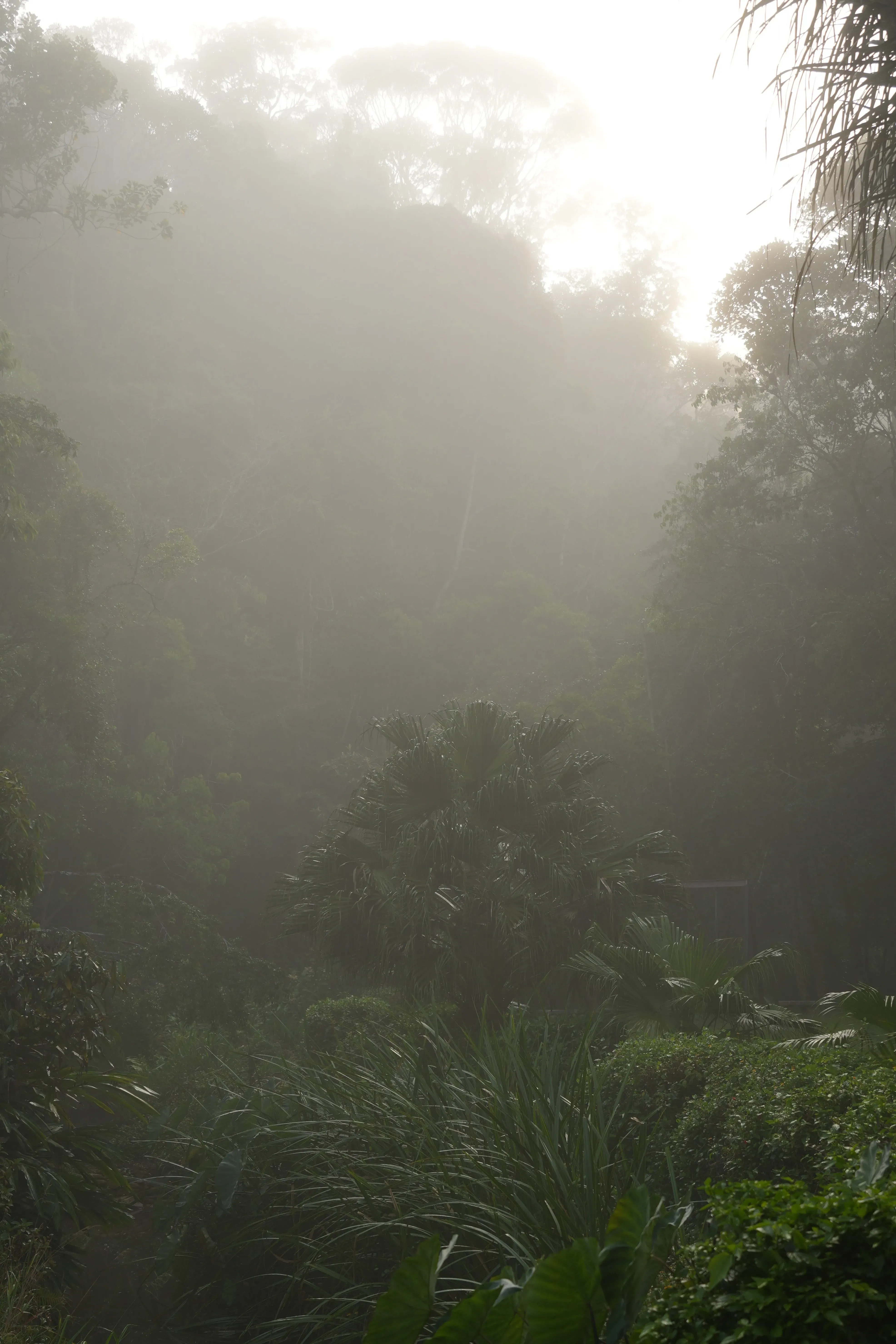
8am: Into the jungle
After a refreshing breakfast, it was time for us to split into groups and get on board a bus or 4x4. Together with a couple of Kew Madagascar staff and local guides, we were ready to ride towards our tropical wonderlands.
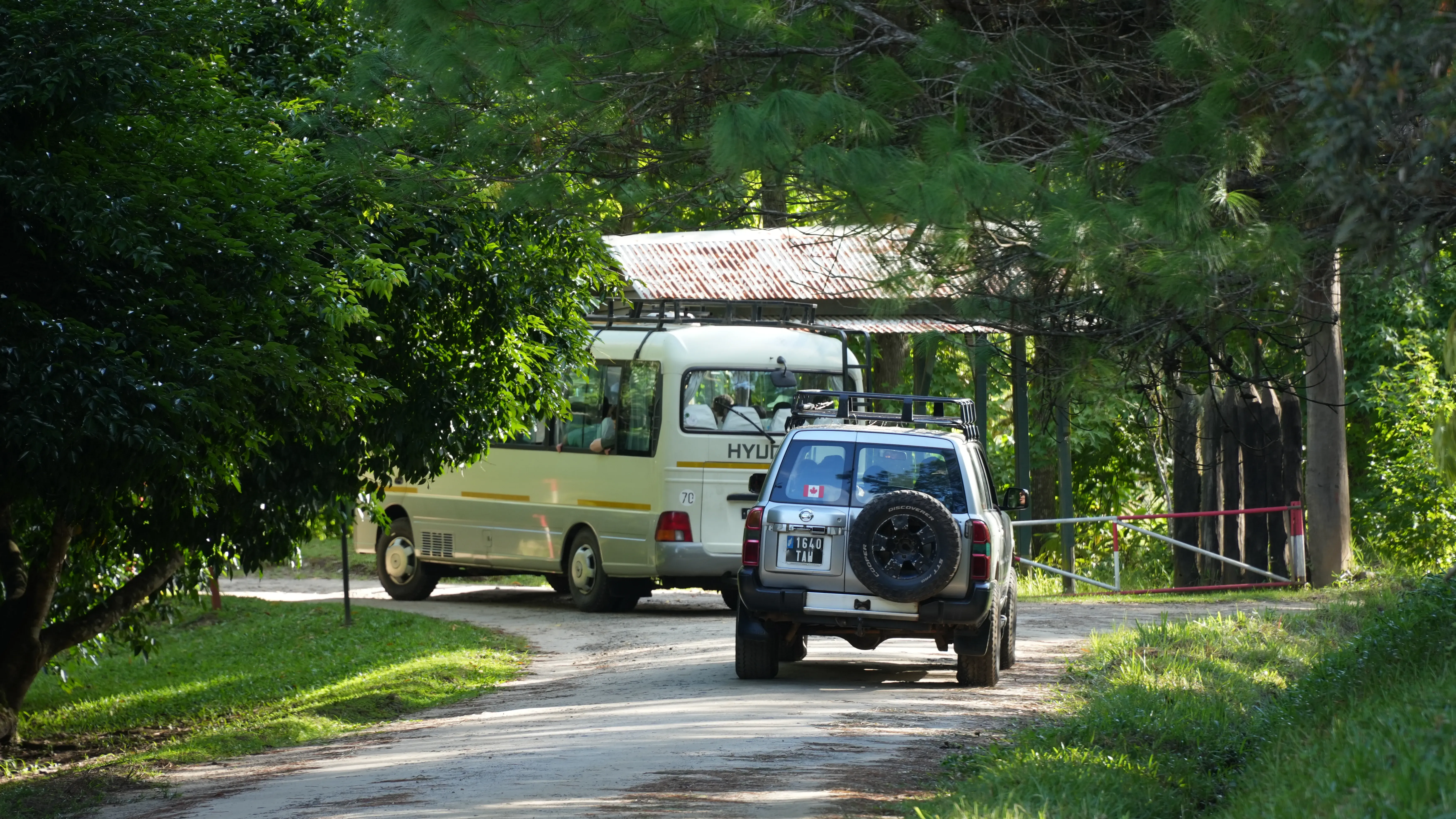
The Kew Madagascar team had carefully chosen sites that would give us an idea of the biodiversity of the natural reserves we were studying. Though it was an opportunity to learn from the team’s expertise, our work wasn’t just practice for students. We were collecting specimens and data to add to the collections held at both Kew Madagascar in Antananarivo and Kew in London. These collections are used for a wide range of purposes, from strengthening our knowledge on known species, or discovering new ones, to informing conservation efforts.
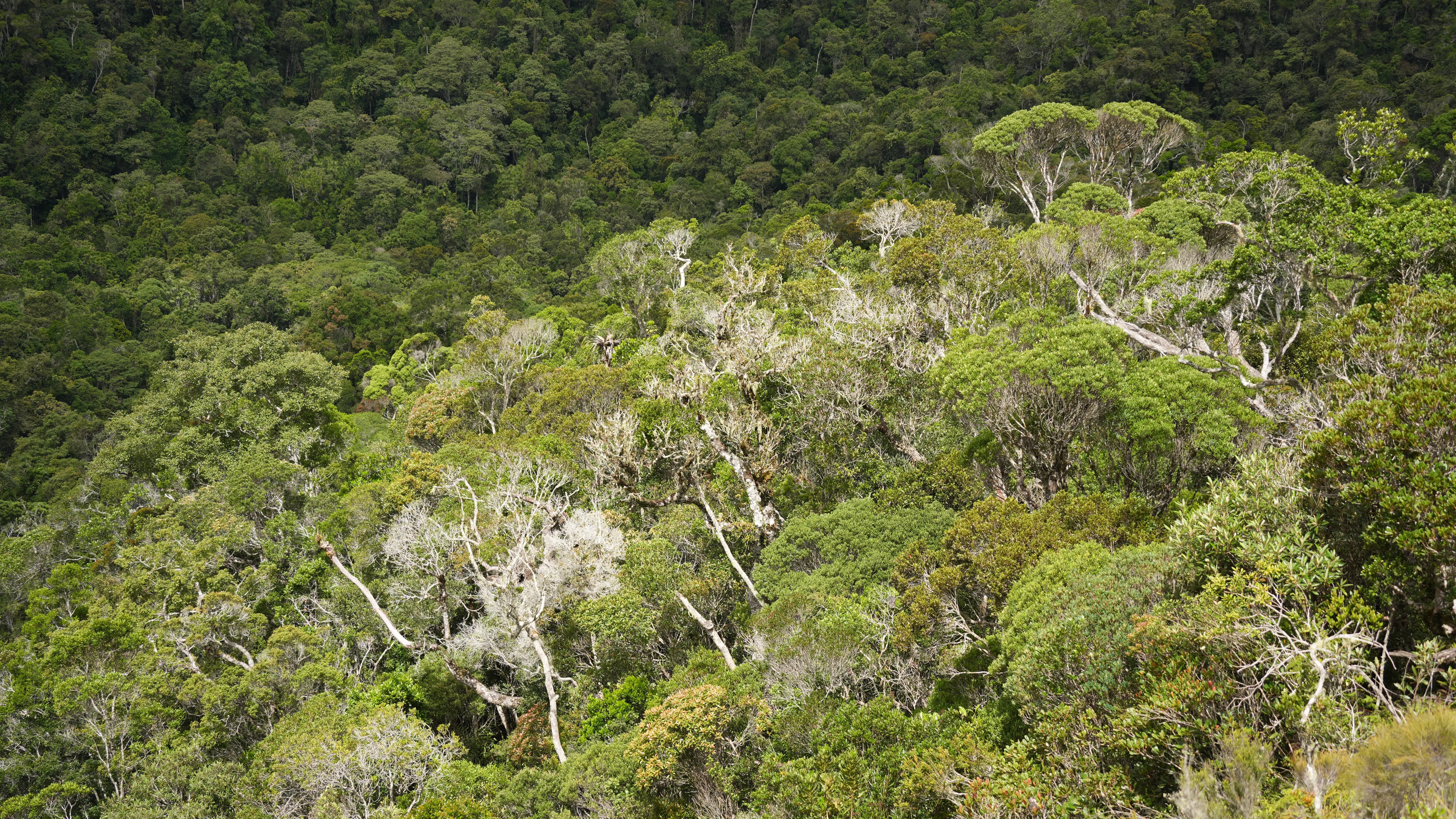
One of the hardest tasks was staying focussed on our work, as the forests offered no shortage of enticing things to distract us. However, curiosity and attention to details are always good, they might help spot strange fungi growing spaghetti-like projections, or unique trumpet-shaped glands at the base of leaves.
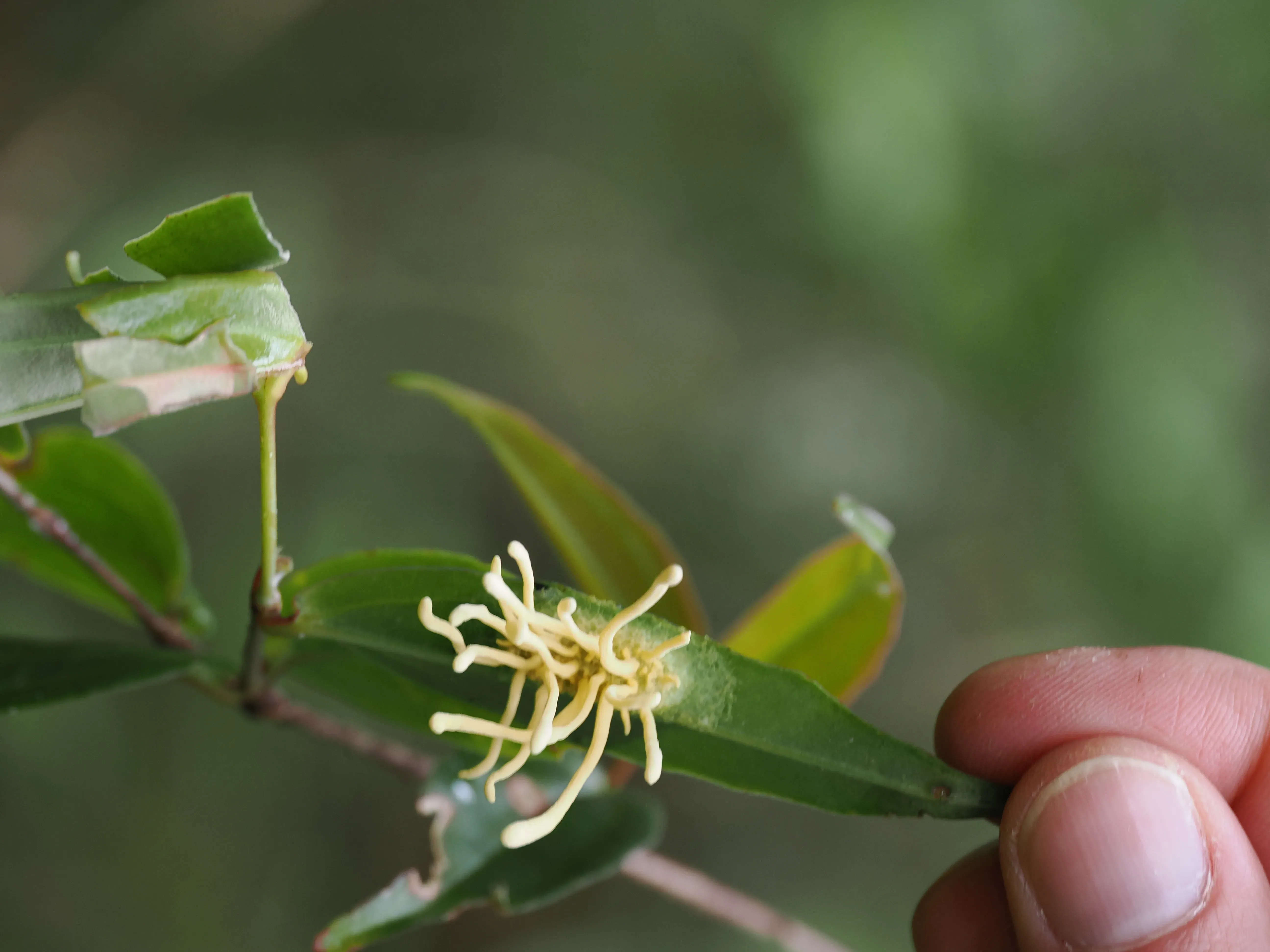
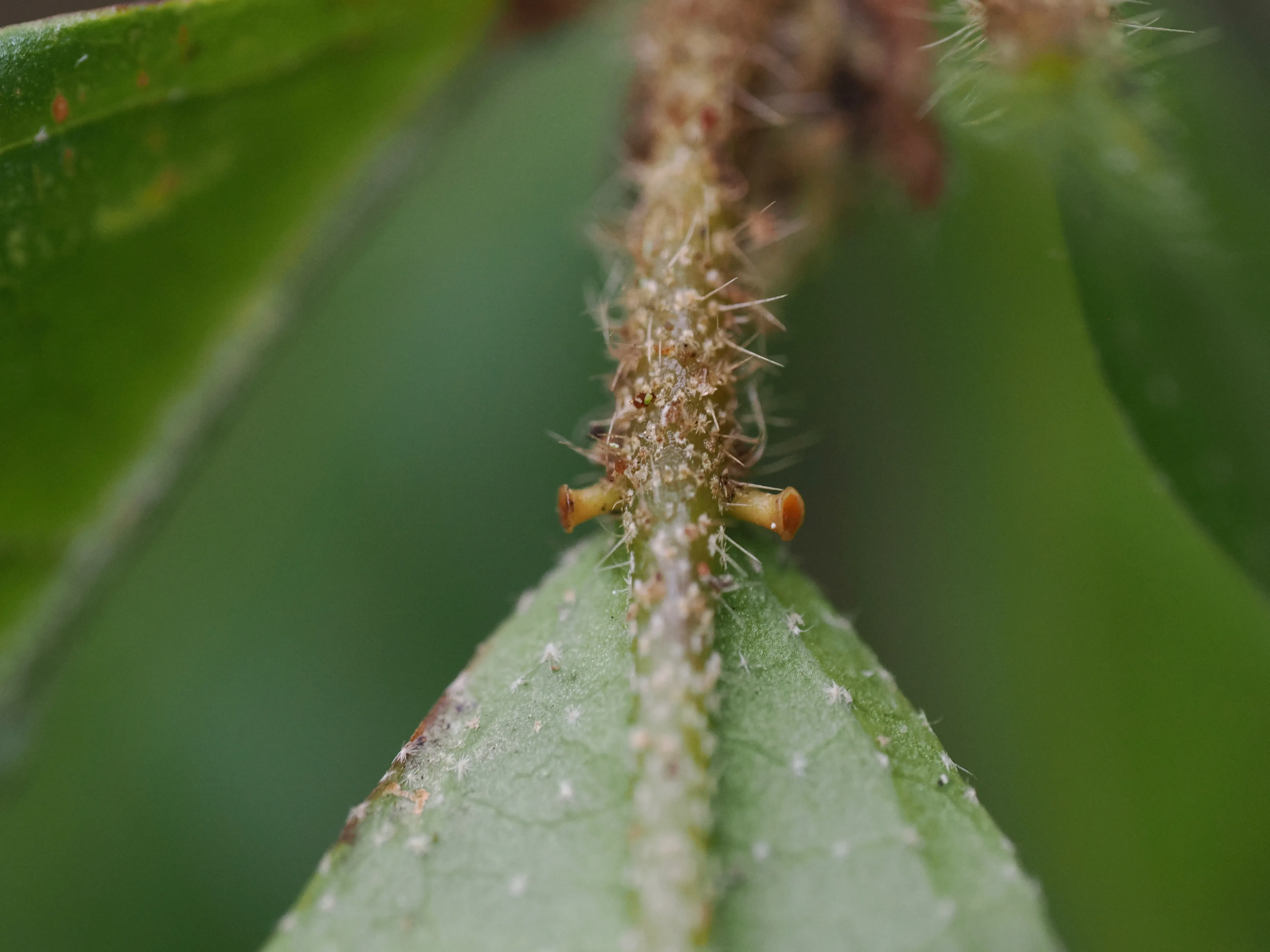
1pm: Lunch break with a show
Lunch was a welcome break from our hard work, and sometimes came with free entertainment from the local wildlife. On one day it was two young lemurs playing on the forest floor just metres away from us, jumping and rolling in the leaf litter, totally unfazed by our presence.
Another time, we were called over by one of the local guides to look at something on a branch. But when we went to see, there was nothing there. At least, that’s what the perfectly camouflaged gecko wanted us to think. How our guide managed to spot it is still a mystery to us.
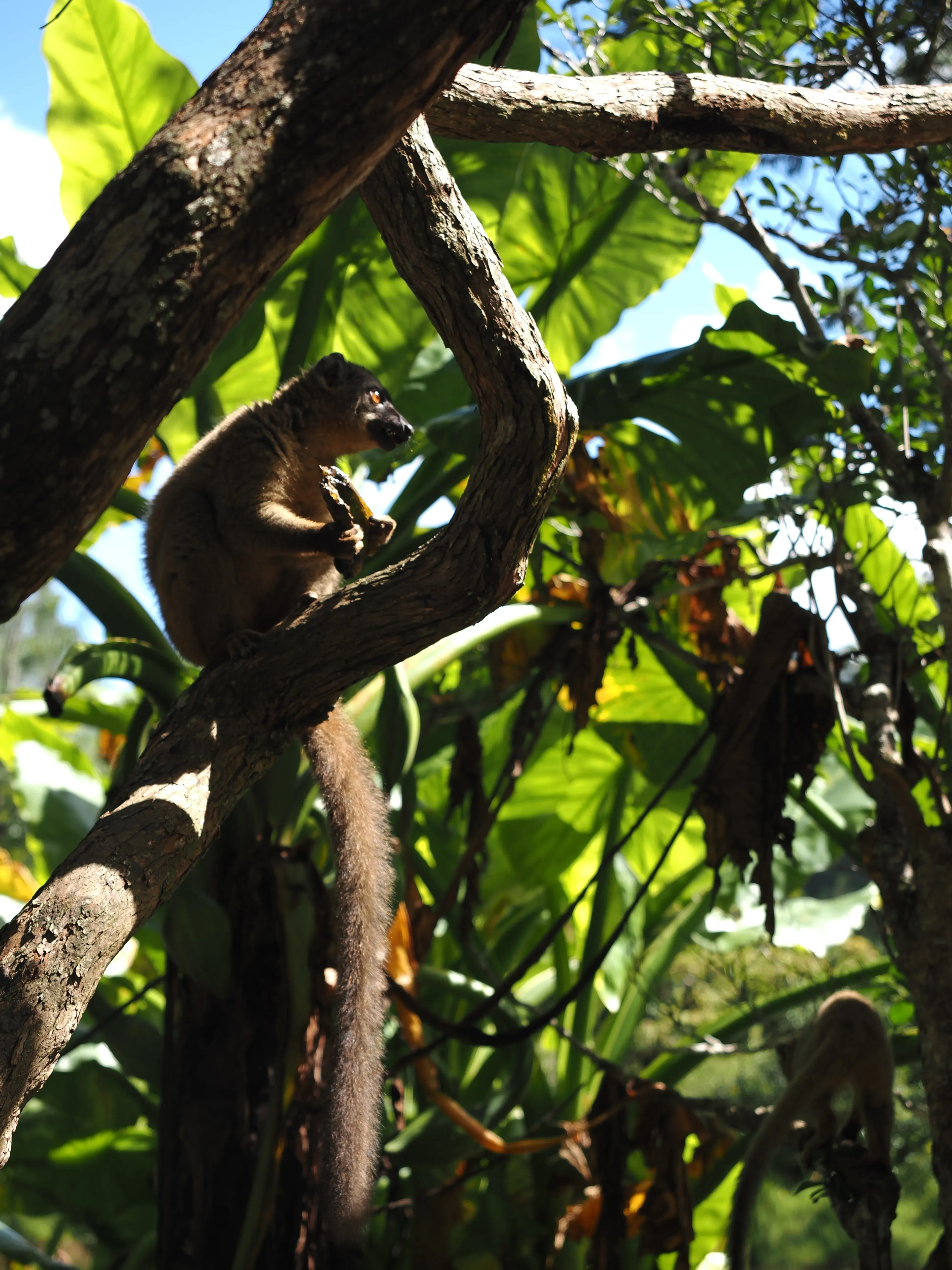
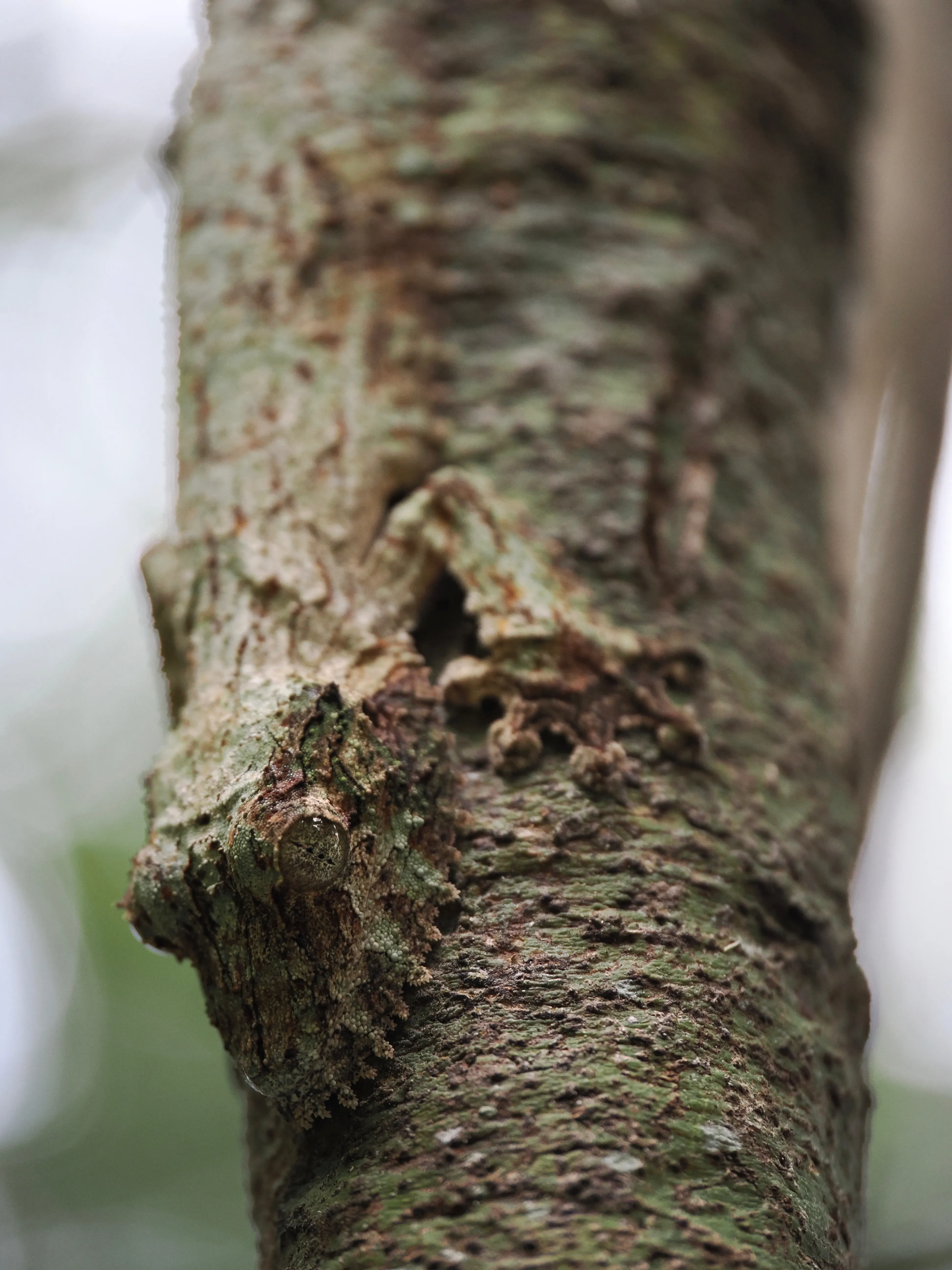
3pm: Back to camp – you thought you could rest? Think again
When we got back from the field, our work was far from over. After a quick break to shower, eat, and rehydrate, we added our collections from the day to the plant press, filled data sheets, and worked on plant descriptions. These tasks taught us the technical terms and procedures used by botanists.
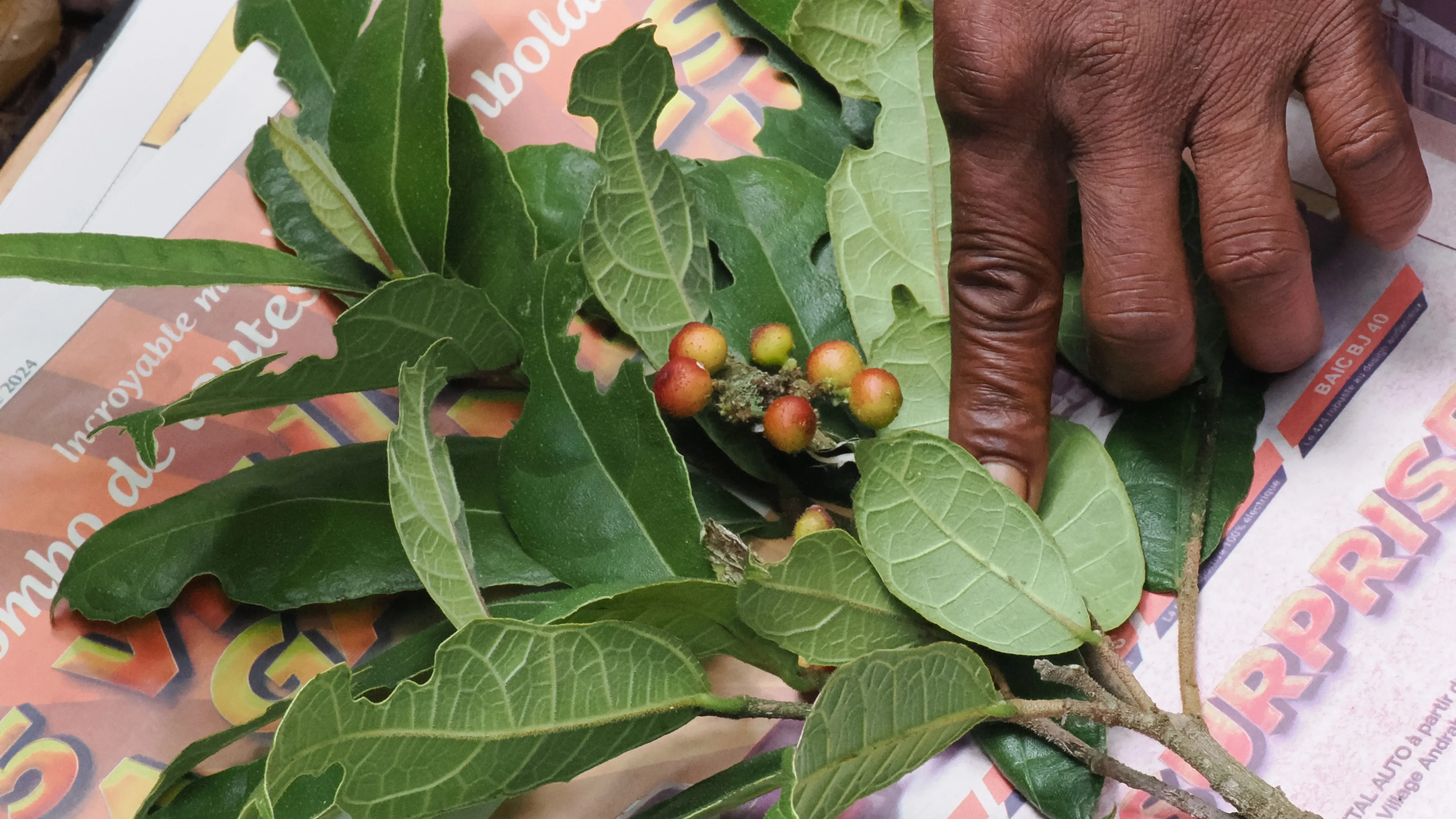
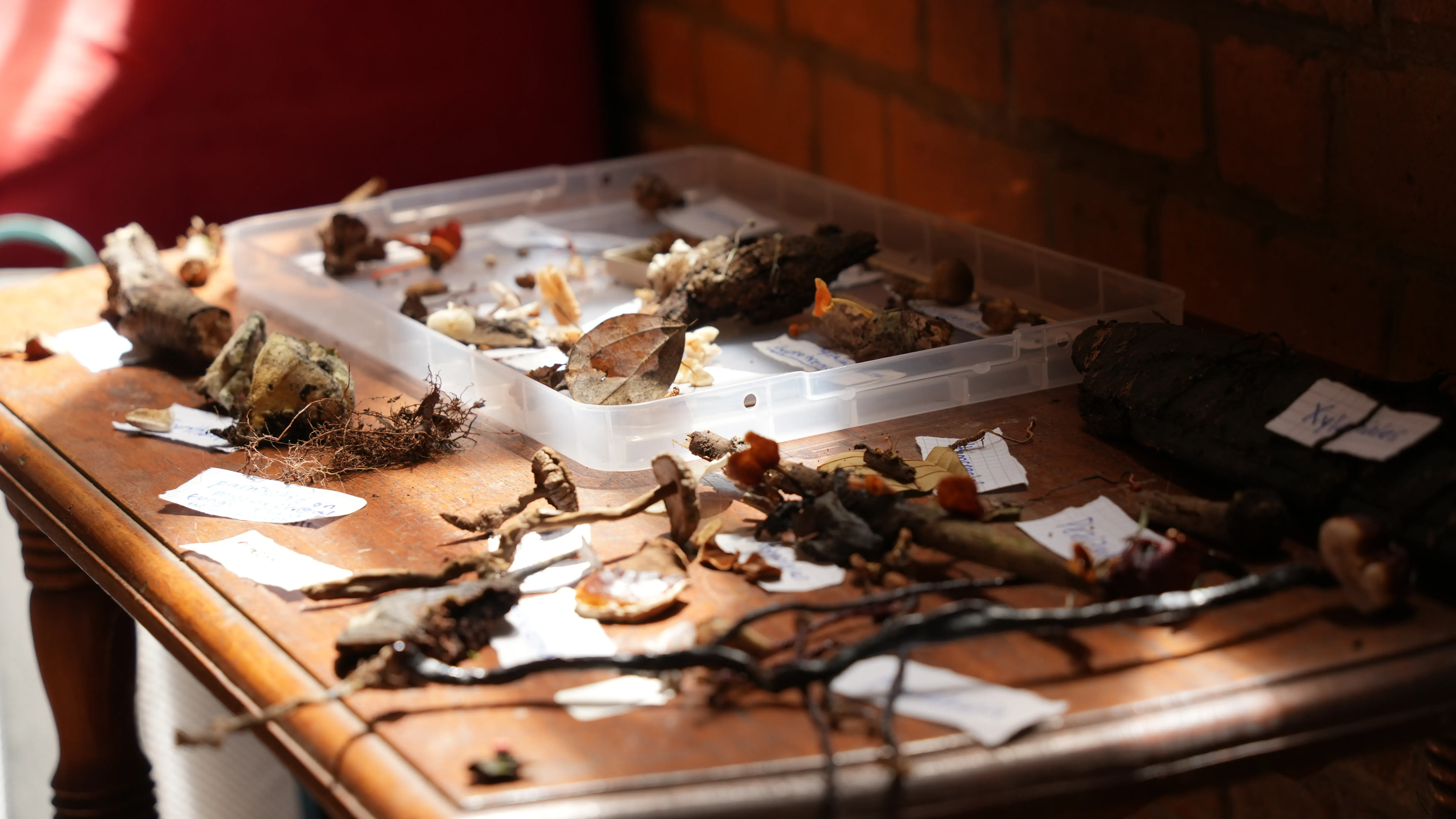
Then, at 6pm, we would have lectures on botany and mycology, a chance to absorb some of the vast knowledge of the RBG Kew and Kew Madagascar staff.
7pm: Supper time!
Dinners were always lively, as we swapped stories about all the amazing things we’d seen that day. Though we were tired from a long day in the heat, we were still excited and eager to learn more. We all felt a sense of accomplishment, knowing that our work would contribute to the understanding of this important biodiversity hotspot.
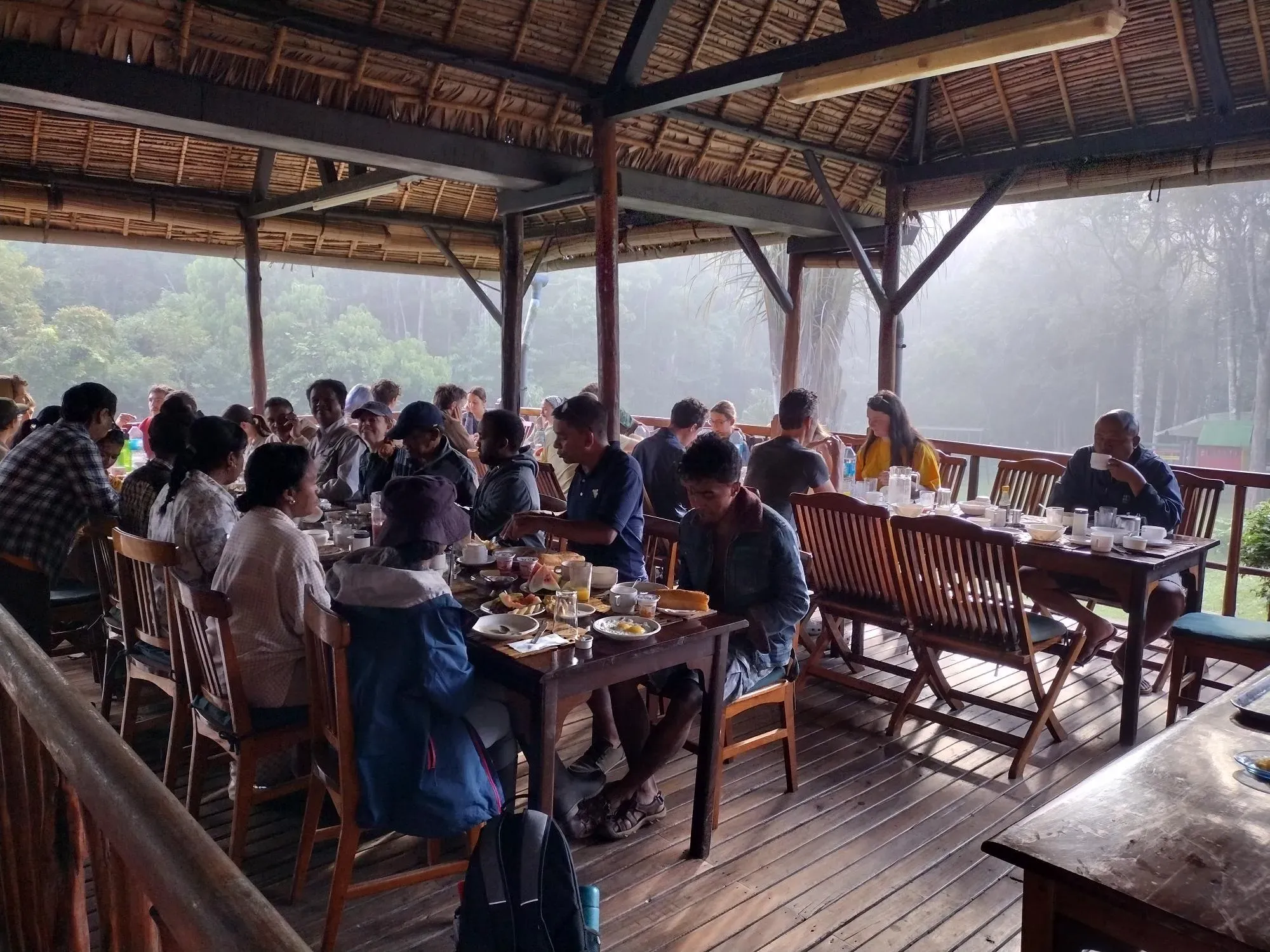
9pm: Night night
Normally, by 9pm everyone was so exhausted that we would go straight to bed. But, one night, we just had to stay up longer.
As we walked back to our cabins, we were struck by the sight of the Milky Way shining across a cloudless sky. We’d never seen so many stars. It was strangely comforting to feel so small in the face of the universe, and to experience it side by side with friends. In this and many other ways, our trip to Madagascar has offered us a new perspective on the world.
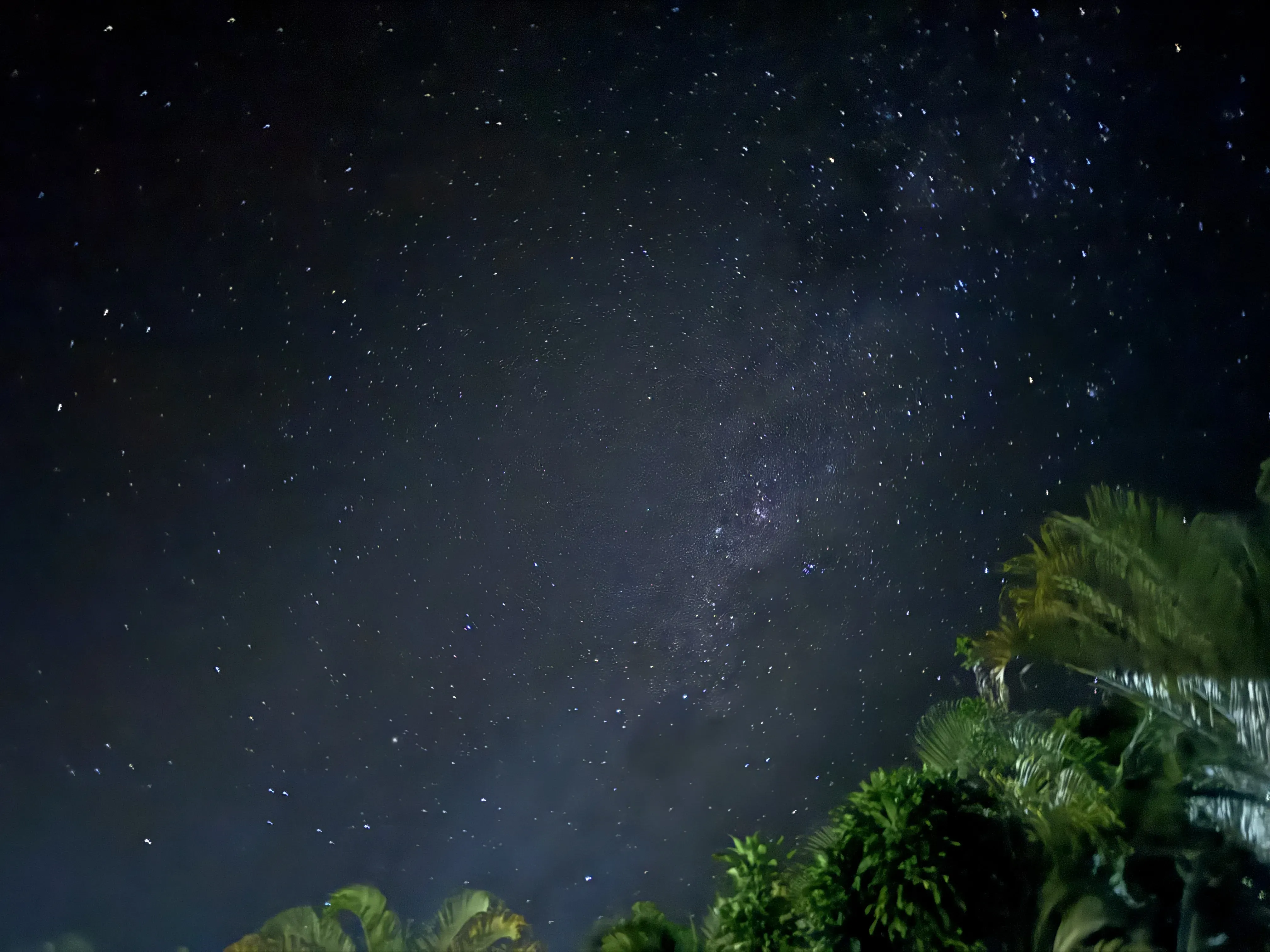
One group, many directions
Just as we all came into this trip with different backgrounds, we all left with different takeaways. Some have realised that being in the field, with our sweaty gear and a pee funnel in our backpack, is our true calling in life. Others have left wanting to give meaning to the data collected in the field through lab work or data analysis.
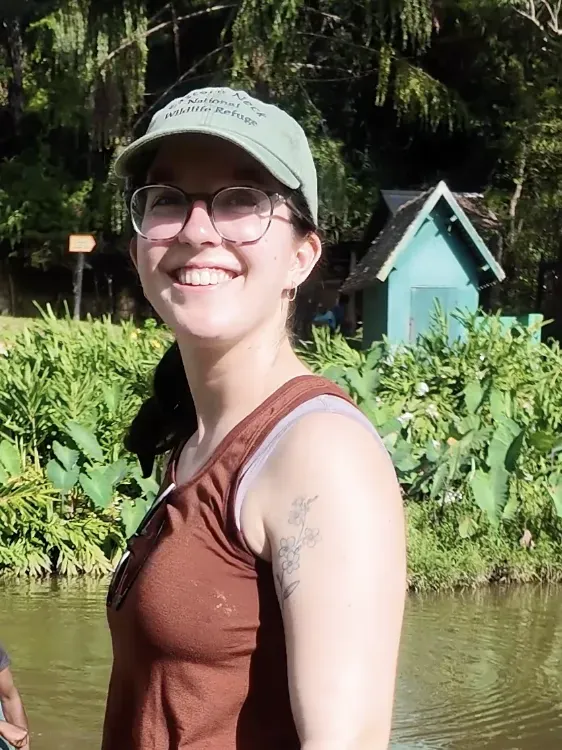
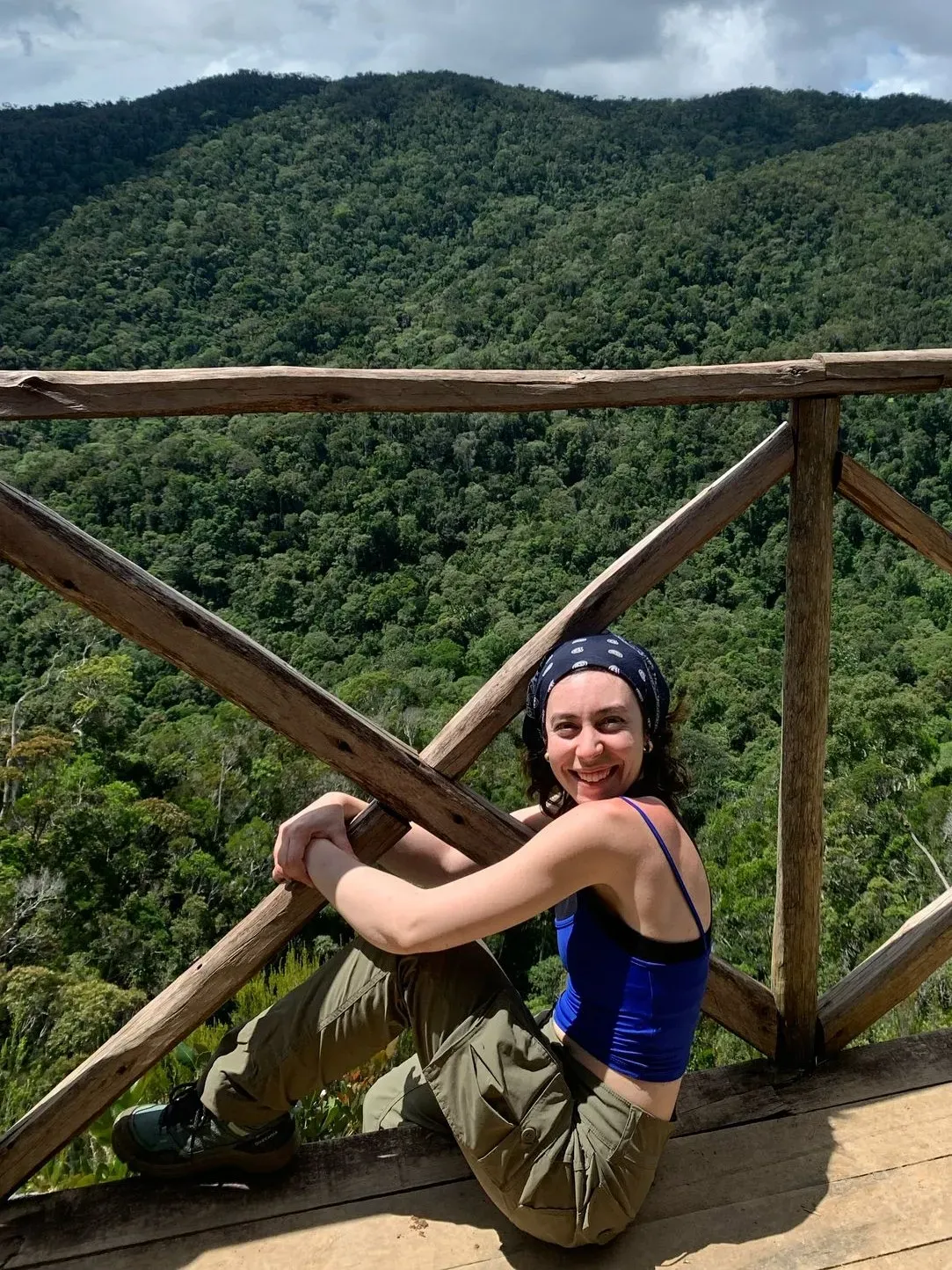
Though we began this programme as strangers, our time in Madagascar has brought us closer together, bonded by a unique experience. Not only did we get to see new and exciting things, but we got to experience them with a group of people who share our passions. Thinking about life after our Masters we may feel scared or excited (or both) but we are looking forward to seeing what the future holds. Whether that’s working in a botanical garden, pursuing a PhD, or working on a conservation project, we will continue to cheer each other on.
Acknowledgments
On behalf of all the 2024/25 MSc students, we would like to say how grateful we are to the Kew staff based in London – Benoit Loueuille, Martin Xanthos, Anna Bazzicalupo and Fiona Wilkie – and based in Madagascar – Franck Rakotonasolo, Anna Ralaiveloarisoa, David Rabehevitra, Helene Ralimanana, Bodoarisoa Mbolatahiana, Nomentsoa Randriamamonjy and Nivohenintsoa Rakotonirina – for their expertise and guidance during this memorable adventure.
A special thank you to our drivers – Roger, Tatamo, Joel and Michel – and guides – Andry, Evarist, Monique, Jean, Youssuf, Rahelison and Ndrianasolo – for sharing their incredible knowledge of the natural reserves, and for their patience and curiosity in meeting our individual interests in the field. Thank you also to Malagasy student – Rialy Razanajato and Lovanirina Julie Andriakoto – for collaborating with us on this trip.
Drawing into the forests of Madagascar
A collection of artwork from the MSc students who took part in the Madagascar fieldtrip
